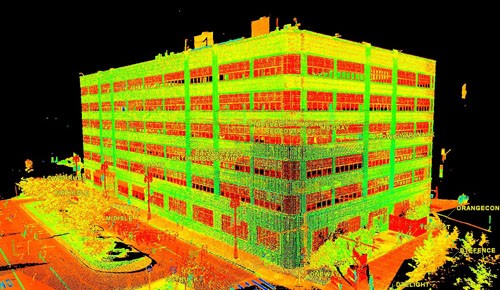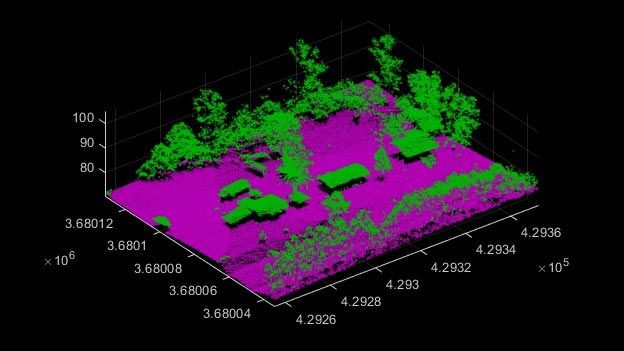LiDAR: The innovative technology for precise 3D environment detection
Published

LiDAR stands for “Light Detection and Ranging” and is an innovative technology for precise 3D environment detection. It is a remote sensing method in which laser pulses are emitted and the backscattered light intensity is measured. This allows the distance to objects to be calculated and a detailed 3D representation of the environment to be created.
How does LiDAR work?

Those : truepointscanning.com
With LiDAR technology, a sensor emits short laser pulses that hit the surroundings and are reflected. The sensor measures the time it takes for the laser to travel to the object and return. From this time measurement, the distance to the object can be precisely calculated. By repeatedly emitting laser pulses in different directions, a complete 3D image of the environment is created.
Applications of LiDAR
LiDAR is used in various areas. In geodesy and cartography, LiDAR is used to create high-precision terrain models, topographic maps and 3D visualizations. In the automotive industry, LiDAR is used for autonomous vehicles to enable accurate environmental perception and obstacle detection. LiDAR is also used successfully in archaeology, environmental monitoring and forestry.
Advantages of LiDAR

Those : mathworks.com
LiDAR offers a number of advantages over other technologies. By accurately measuring distances, LiDAR enables a precise 3D representation of the environment. It is independent of ambient light and therefore delivers reliable results even in darkness or bad weather conditions. LiDAR also enables a high point density, allowing the finest details to be captured.
Future of LiDAR
The future of LiDAR is bright. The technology is constantly being developed to enable even more precise and powerful systems. With the increasing use of autonomous vehicles and digitalization in various industries, the demand for LiDAR is expected to continue to increase. The combination of LiDAR with other technologies such as artificial intelligence also opens up new possibilities for applications and innovations.
Challenges with LiDAR technology

Those : pix4d.com
Although LiDAR is an advanced technology, it also faces some challenges. The high cost of LiDAR sensors and the complexity of data processing are still hurdles to widespread application. In addition, LiDAR can have difficulties on highly reflective surfaces or in densely vegetated environments. However, the continuous development and improvement of LiDAR systems aims to overcome these challenges.








